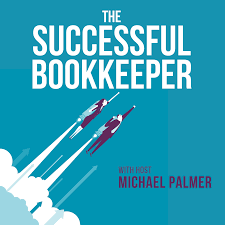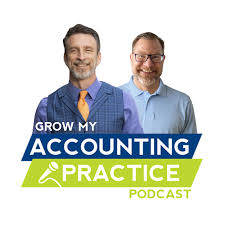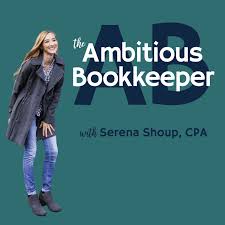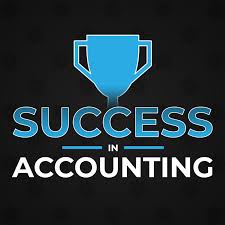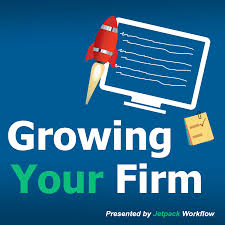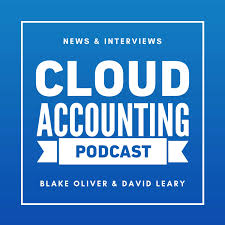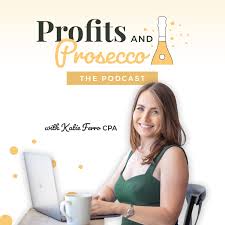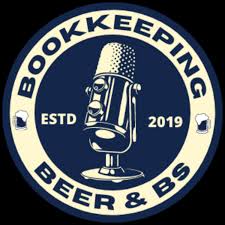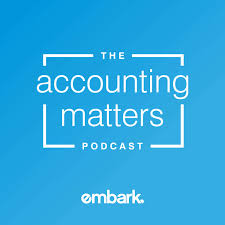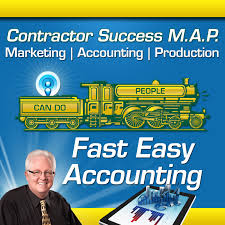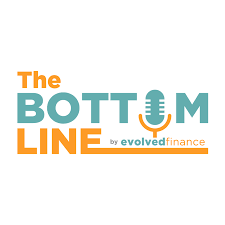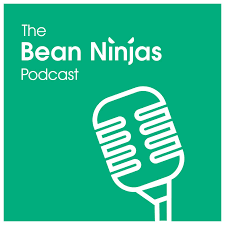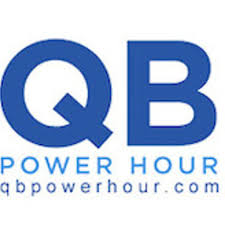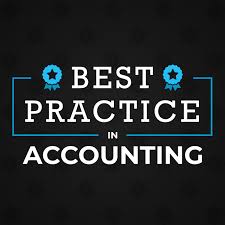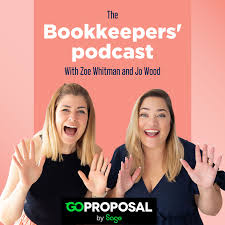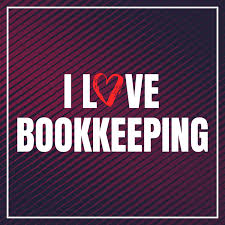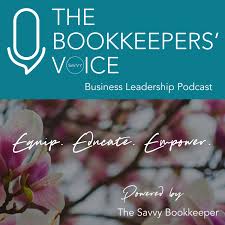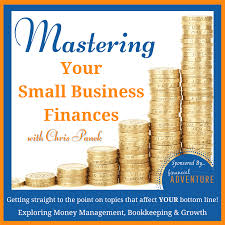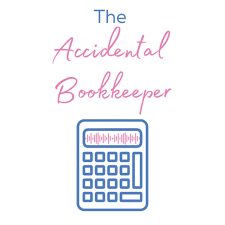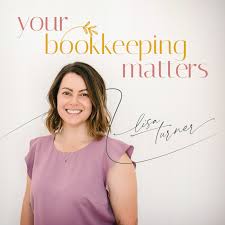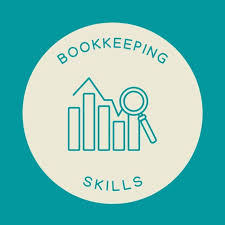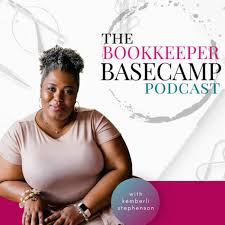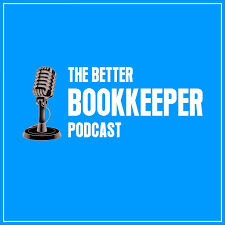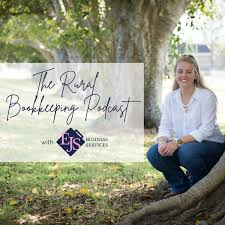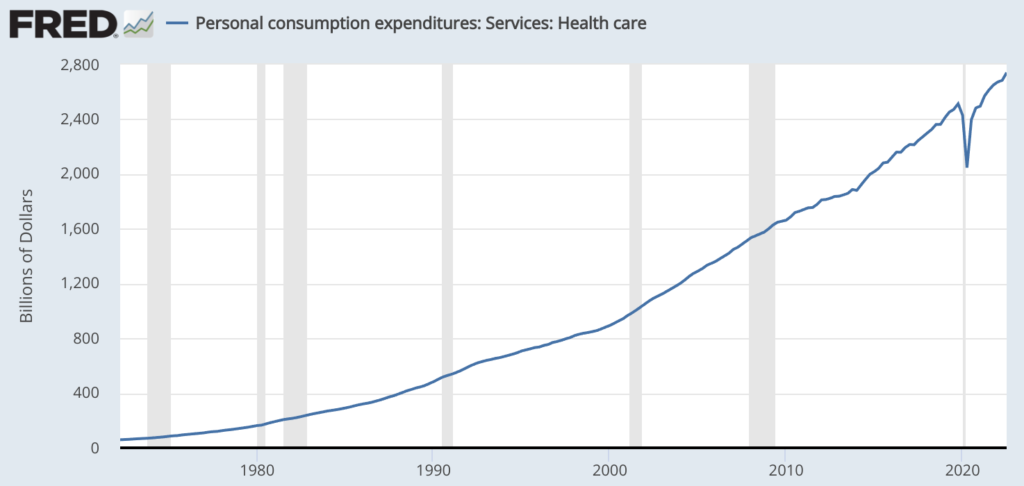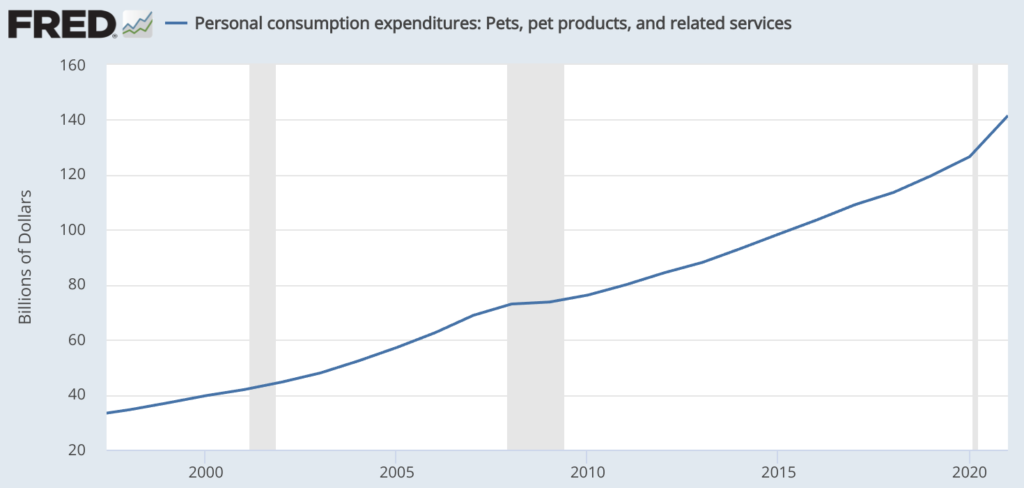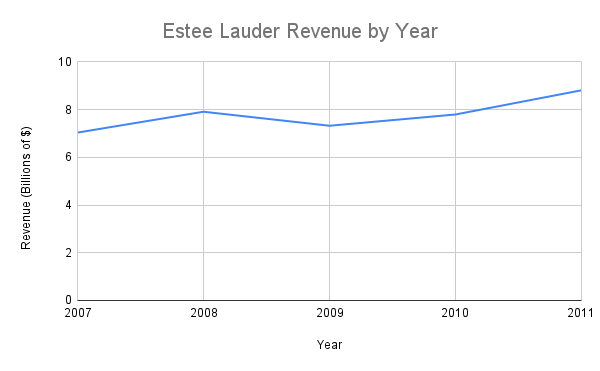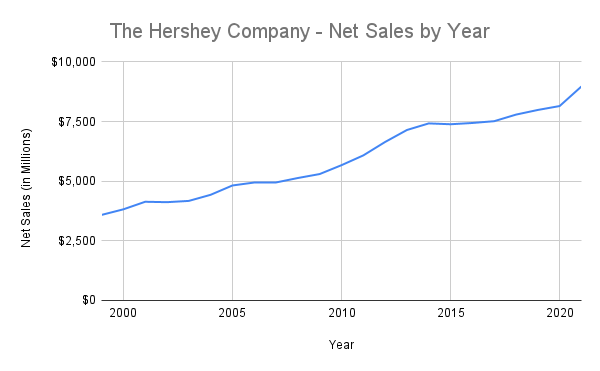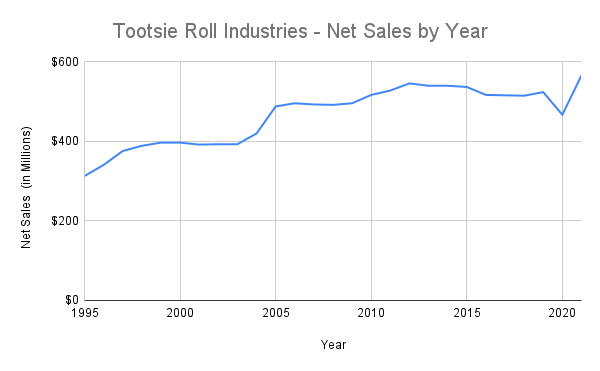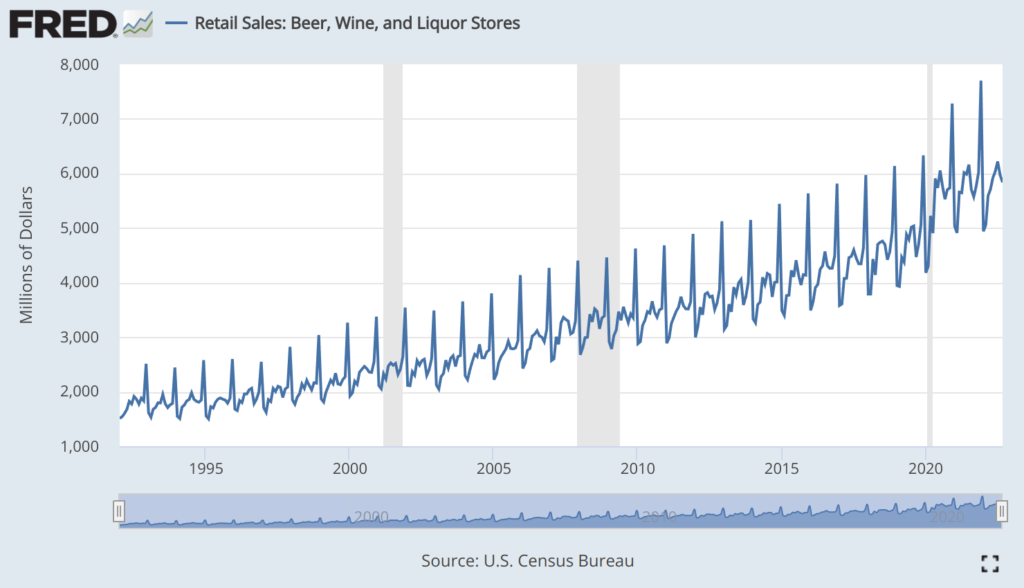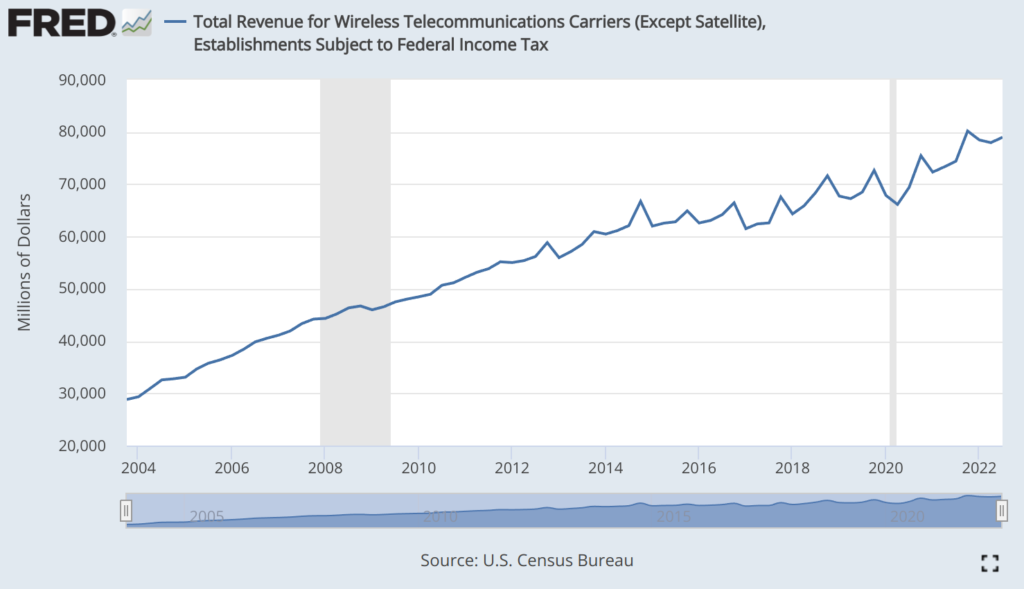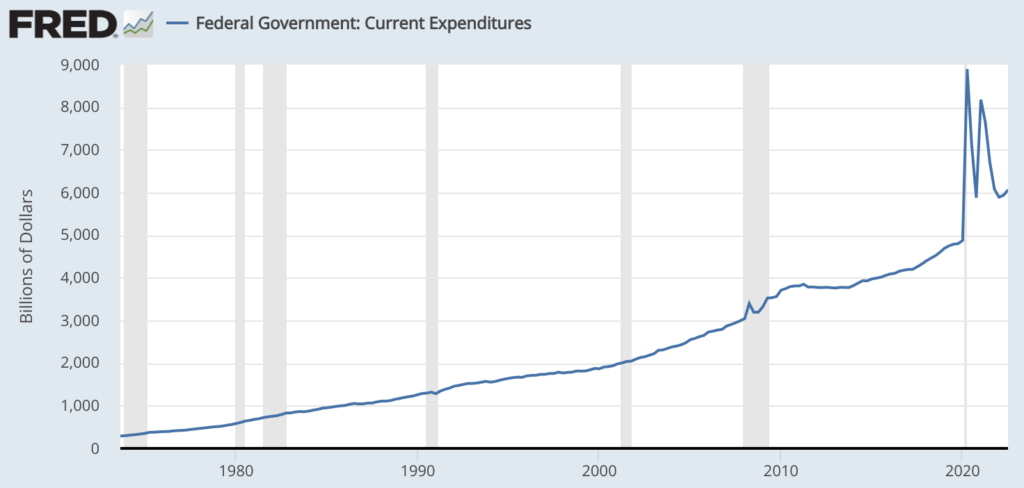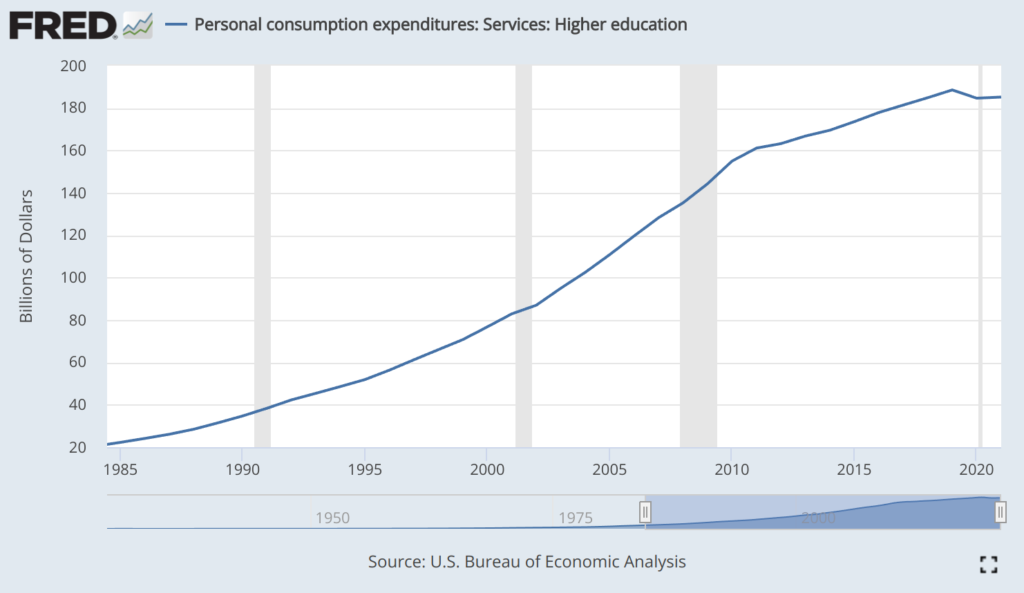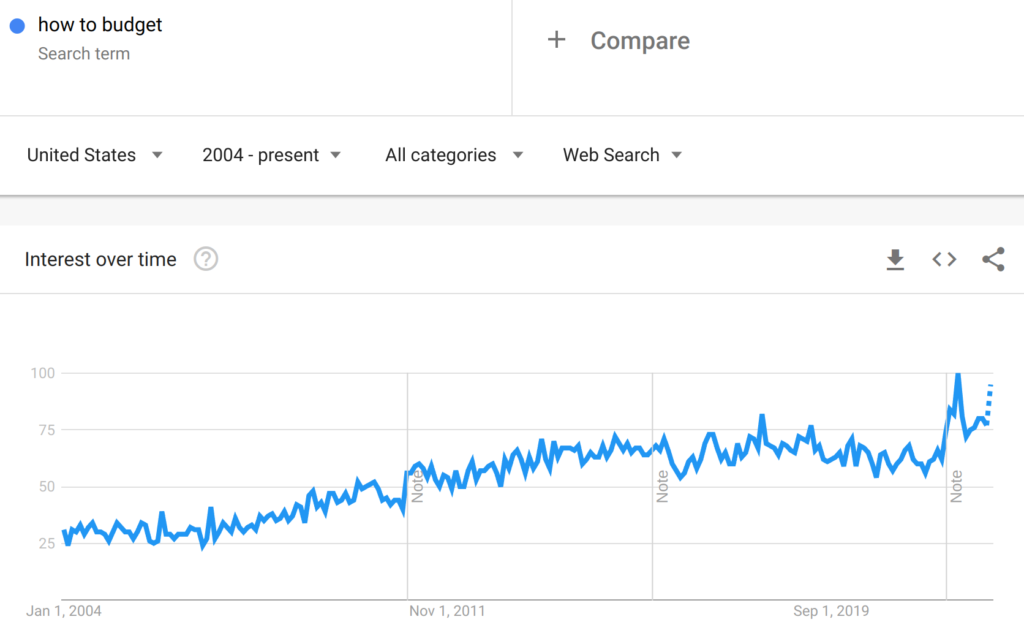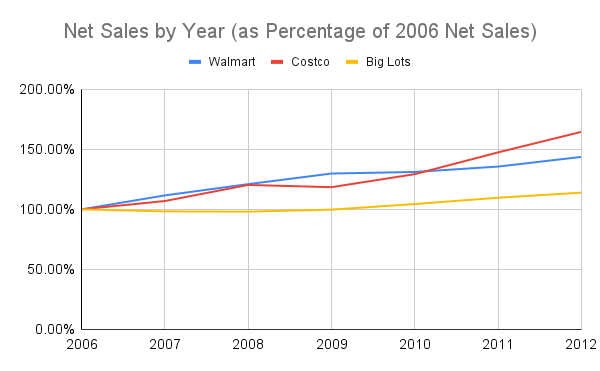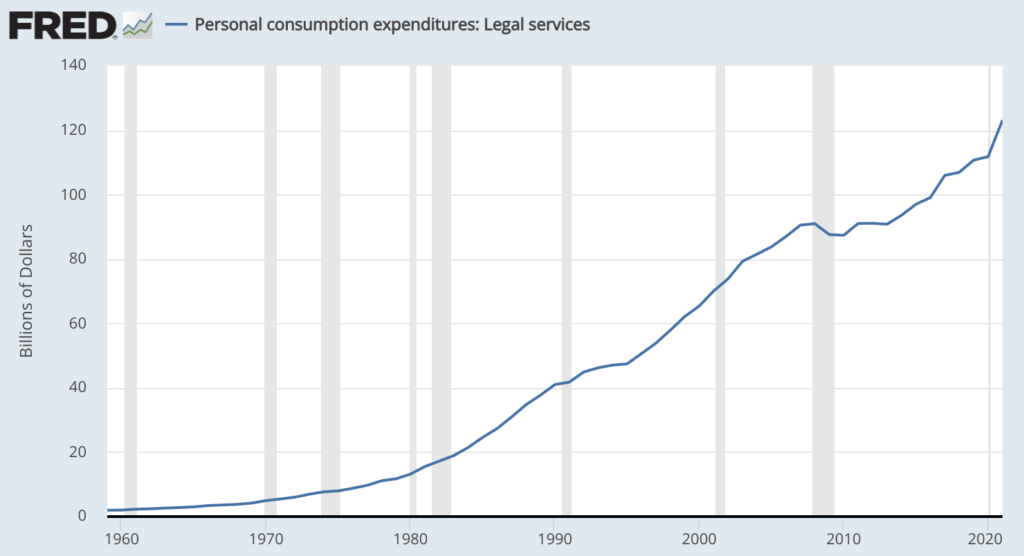A micro private equity company is one that buys or invests in businesses with less than $10 million in annual revenue. These companies are small but often provide returns on capital far above what can be achieved in the public market.

1. Chenmark Holdings
Chenmark aims to buy small businesses making $1-10 million in annual revenue for between 3-5x earnings.
| Company Name | Chenmark Holdings Inc. |
| info@chenmark.com | |
| Phone Number | 1-207-221-2176 |
| Website | chenmark.com |
| Key Principals | – Trish Higgins (partner & cofounder) – Palmer Higgins (partner & cofounder) |
2. Acquisition.com
Founded and run by Alex and Leila Hormozi, Acquisition.com partners with companies doing around $1-10 million per year in revenue. Acquisition.com may invest with human time and/or money and take equity possibly tied to future company growth.
| Company Name | Acquisition.com LLC |
| Website | acquisition.com |
| Key Principals | – Alex Hormozi (managing partner & cofounder) – Leila Hormozi (managing partner, CEO, & cofounder) – Suzanne Shifflet, CPA (managing director & CFO) – Ben Rodman, CFA (managing director of business development) – Zack Hoyt (managing director of portfolio operations) – Shelia Matthews (managing director of people) |
3. Owl Mountain Capital
Owl Mountain pursues a mixed strategy of both buying and building both service businesses and digital assets (e.g. websites).
| Company Name | Owl Mountain Capital LLC |
| Email Form | |
| Website | owlmountain.co |
| Key Principals | – Ken Roberts (CEO) |
4. Homology Group
Homology Group (the owner of the Axiom Alpha brand) is a holding company that buys and invests in profitable small businesses with the intent of holding them forever. Acquisition targets have:
- $500k-$2M in revenue
- $200+ in EBITDA
- Established customer base
| Company Name | Homology Group Inc. |
| Email Contact Form | |
| Website | axiomalpha.com |
| Key Principals | – Patrick Nave (Founder & CEO) |
5. Calm Capital
Calm Capital is a holding company that buys and invests in small, profitable companies with simple business models that your grandma can understand. Their target companies have been established for several years, have an established customer base, don’t require a large team to operate, and have good margins.
| Email Form | |
| Website | calmcapital.com |
| Key Principals | – Marty Balkema (managing partner & co-founder) – David Horne (managing partner & co-founder) |
6. Permanent Equity
Permanent Equity invests in small private companies through 30-year funds. Current portfolio companies include:
- An aerospace part manufacturer
- A swimming pool hardware manufacturer
- A marketing & recruitment agency for the U.S. military
- An FAA-certified repair and inspection station
- A luxury personal matchmaking company
- A pool-building company
- A manufacturer of pool lighting & inflatables
- An architectural glass design, fabrication, and installation company
| E@permanentequity.com | |
| Phone Number | 573-445-0678 |
| Website | permanentequity.com |
| Key Principals | – Emily Holdman (Managing Director) – Mark Brooks (Managing Director) – Taylor Hall (Managing Director/CLO) – Brent Beshore (Founder & CEO) |
7. SaaS Group
The SaaS Group specializes in acquiring internet businesses from burned out founders and their investors. Porftolio companies have $10k-$1M in MRR. The companies core principles behind each acquisition are:
- No lawyers involved
- No synergies — Your product remains a standalone business
- No jerks
- Keep it simple
- Retain and grow company cultures
- Support autonomy and mastery
| Company Name | SaaS.Group LLC (saas.group Americas) SaaS.Group GmbH (saas.group Germany) SaaS.Group SAS (saas.group France) |
| info@saas.group | |
| Phone Number | 323-238-9740 |
| Website | saas.group |
| Key Principals | – Tim Schumacher (Founder) – Tobias Schlottke (Founder & CTO) – Ulrich Essman (Founder & CPO) |
8. Tiny Capital
Tiny buys businesses via an acquisition process with several core principles:
- Full or partial buy out
- Deal size ranging from $1M-$300M
- 30-day process
- Founders can stay or go (Tiny is flexible)
- Simple structure with cash upfront
- Businesses operate as-is with no culture exchange
- Buying companies for the longterm
Tiny also offers a $25k-$200k+ finder fee to anyone who introduces them to a business that they end up buying.
To date, Tiny has founded 11 companies, owns majority stakes in 35 companies, and owns minority stakes in 90+ companies.
| allie@tinycapital.com | |
| Website | tiny.com |
| Key Principals | – Andrew Wilkinson (Cofounder) – Chris Sparling (Cofounder) – Jeremy Giffon (General Partner) – Ampere Chan (General Partner & CFO) |
9. XO Capital
This micro private equity company buys small, profitable SaaS companies. XO prefers to buy bootstrapped SaaS businesses doing under $50k in MRR. Generally, those businesses have 1-4 founders and have raised little to no capital. However, sometimes XO will buy “dirty” SaaS businesses (i.e. SaaS businesses with some kind of service component or vice versa). The entire acquisition process typically takes less than 30 days. XO Capital has offices in Santa Monica, CA, Miami, FL, and Dallas, TX. You can contact them here.
| hello@xoxo.capital | |
| Website | xo.capital |
| Key Principals | – Andrew Pierno – Danny Chu – Henry Armistead |
10. Thrasio
Thrasio is a Silicon Valley style startup using a private equity rollup strategy to buy Amazon sellers. Because of its focus on Amazon businesses, Thrasio has significant platform risk unlike PE companies that focus on more diverse companies such as blue collar service businesses.
Thrasio aims for synergies in marketing, legal, and international supply chain management.
| Email Contact Form | |
| Website | thrasio.com |
| Key Principals | – Greg Greeley (CEO) – Joshua Silberstein (co-founder) – Carlos Cashman (co-founder) Leadership Team |
11. Onfolio
Onfolio is a publicly traded company (NASDAQ: ONFO) that buys small digital companies and grows them. Onfolio looks for several attributes in the companies it buys:
- Growth potential
- Positive, stable cash flows
- Face minimal threats of technological or competitive obsolescence
- Can be managed by Onfolio’s existing team OR have management teams largely in place
- Healthy margins
- Loved by customers
Onfolio currently operates in several verticals: Pets, Arts and Crafts, B2B SEO Services, Molecular Hydrogen Supplements (I know, it’s nonsense), Computers, Graphic Design, and People Search.
| Company Name | Onfolio Holdings Inc. |
| Email Contact Form | |
| Phone Number | 682-990-6920 |
| Website | onfolio.com |
| Key Principals | – Dom Wells (CEO & Director) – Andrew Lawrence (Director) – David McKeegan (Director) – Robert Lipstein (Director) – Mark Schwartz (Director) |
12. Sunset Coast Capital
Sunset Coast Capital is a Michigan-based boutique investment company that invests in private and public equity and short-term debt.
| Company Name | Sunset Coast Capital LLC |
| info@sunsetcoastcapital.com | |
| Website | sunsetcoastcapital.com |
| Key Principals | – David Krock (Cofounder) |
13. PermaVentures
PermaVentures acquires, starts, and invests in small businesses across the U.S. More specifically, the company is a conglomerate of several businesses:
- A private equity holding company that acquires whole or partial interest in existing companies
- A venture studio that co-founds new businesses and backs amazing founders
- A set of market-facing service businesses providing growth (marketing + sales), finance (CFO services + accounting), technology development (software application & web development, infrastructure, cybersecurity), people (recruiting, placement, and coaching), and capital investment services
Acquisition targets are companies that have $300k-$3M in stable, repeatable free cashflow, >10% net profit margin, and strong, like-minded management teams.
| Email Contact Form | |
| Website | perma.ventures |
| Key Principals | – David Krock (Founder & CEO) |
14. Cub Investments
Cub Investments makes long-term buy & hold equity investments in durable, growth-oriented field services companies. The target acquisition range is companies with annual sales of $2-20M and 10-100 employees.
| Company Name | Wright Gardner, LLC d/b/a Cub Investments |
| Email Contact Form | |
| Website | cubinvestments.com |
| Key Principals | – Nick Haschka (Partner) – Anupam Sharma (Partner) |
15. Garden City
Garden City is a holding company that buys family-owned and founded-led businesses with the intent to hold them forever. Acquisition targets have annual EBITDA in the $2-10M range with a 5+ year track record of profitability.
The company has around 50 high-powered investors that include a former Under Secretary of State of the United States, the founder of Ritz Carlton, the CEO of Intel, the former CEO of Equifax, the founder of Fulcrum Equity Partners, a Georgia state senator, the CEO of Salesloft, the former CEO of Uber, the CEO of Permanent Equity, and many others.
Garden City has raised over $51 million in permanent capital to acquire businesses.
| joy@joingardencity.com | |
| Phone Number | 404-383-9233 |
| Website | joingardencity.com |
| Key Principals | – Michael Arrieta (Founder & CEO) |
16. Arcadea Group
Arcadea Group has raised over $300 million to buy founder-controlled software companies with the goal of holding them for 10 years to forever.
| Email Contact Form | |
| Website | arcadeagroup.com |
| Key Principals | – Paul Yancich (Cofounder & Managing Director) – Daniel Eisen (Cofounder & Managing Director) |
17. Evermore Industries
Evermore Industries is an Austin-based holding company that buys businesses with $4-50 million in revenue, $1-5 million in EBITDA, 10+ years of operating history, positive operating margins and cash flow, a strong niche market position, high customer retention rates, happy employees, and a U.S. headquarters.
| info@evermore.industries | |
| Phone Number | 512-814-7730 |
| Website | evermore.industries |
| Key Principals | – Justin Vogt (Cofounder) – Ed Redden (Cofounder) |




